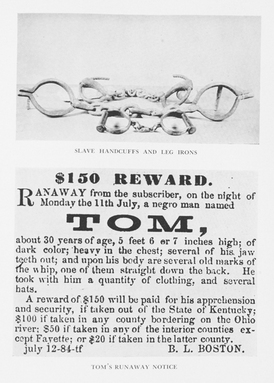Theodore Wright House
One day in the mid-1800s, 28 men, women, and children snuck into New York City. They were runaways, escaping slavery on the Underground Railroad. Theodore Wright and his friend Charles Ray spent the day getting food for them, as well as passage on a barge to Albany. From there, all 28 fled to Canada, where they could live free. Wright helped many slaves to freedom, but there are few documents that tell about his work, since it was illegal.
Theodore Sedgwick Wright was born in 1797 and educated at the African Free School. He went on to become the first black graduate of the Princeton Theological Seminary. Wright was born free, but he hated slavery and did everything in his power to fight it. His home was a station on the Underground Railroad, and he spoke out against slavery from the pulpit of his church on Prince Street. He was a founding member of the American Anti-Slavery Society and president of the New York Committee of Vigilance. To belong to abolitionist societies at that time took courage. During the riots of 1834, white toughs attacked the offices and homes of abolitionists, breaking and burning everything they could lay their hands on.
As slavery was in the process of being abolished in New York, Wright was one of the first to speak out against racism. At an anti-slavery convention of both white and black delegates, he boldly stated, “It is an easy thing to ask about the vileness of slavery, but to treat the man of color in all circumstances as a man and brother -- that is the test.” Wright died in 1847, as slavery was spreading to the West.
This entry contributed by
Curriculum Concepts International
Related Media
Images

|
Wright’s home at 235 W. Broadway was part of the Underground Railroad at a time when slave catchers roamed the streets of the city and kidnapped runaways to return them south.
|

|
This image of Charles B. Ray appeared in the NAACP's magazine, The Crisis, around 1927.
|

|
Before slavery was abolished, newspapers and magazines often carried advertisements like this one from 1784, offering rewards for the recapture of people who had fled from bondage. Though he was born free and was well-educated, Theodore S. Wright risked his own home and well-being every time he helped a runaway reach freedom in Canada.
|
